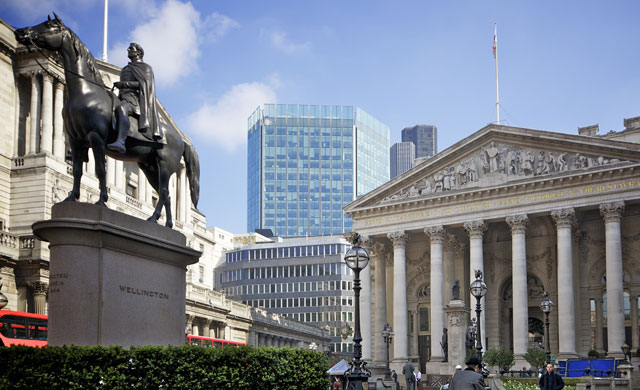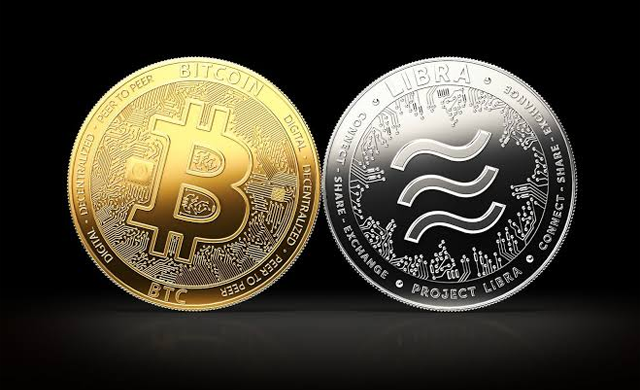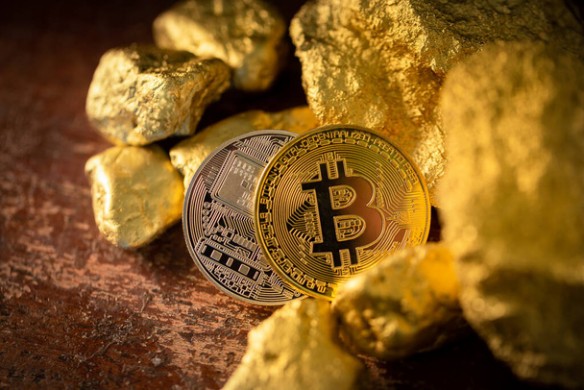President Donald Trump has decided that “We are not going to do the wind thing”. Specifically, he has put a stop to the leasing of new wind power facilities in the Offshore Continental Shelf (OCS), and suspended leases for both onshore and offshore wind projects in the USA. He will also attempt to find legal justification for “terminating or amending any existing wind energy leases”. These moves, in combination with the trajectory of Trump’s policies, have pulled the rug from underneath several clean energy stocks. SolarEdge Technologies shares lost a whopping 42% of their value in the two weeks following the US election, and Enphase Energy was in the red for as much as 24%.

As to the world’s top offshore wind operator – Orsted – Trump’s new executive orders look set to cause a few complications, namely that “Orsted now has some assets in the U.S. that are worthless”, in the words of Sydbank’s Jacob Pedersen. “If there is nothing to be built because of Trump, Orsted can neither sell nor use the leases”. Partially for this reason, Orsted stock dropped by an alarming 17% on January 21st, joining a group of European wind firms as they journeyed into the red.
This wasn’t the only reason for Orsted’s decline, though. The company’s Sunrise Wind project has seen costs rise beyond what was anticipated, as well as extended delays that will push off the completion of their undertaking until late 2027. These problems were significant enough to convince Fitch Ratings to lower Orsted’s Outlook rating from “stable” to “negative” on the day following their share price plummet. This issue wasn’t, then, just a short-term one and, in fact, “Due to the Negative Outlook, an upgrade of Orsted is unlikely in the near future”, the ratings agency added.
Does everybody feel this way? And what about the outlook for other clean energy companies in the US and Europe, as well as oil and gas drillers? Join us for some answers.
What Did Trump Do?
Firstly, President Trump declared an energy emergency. His concern, in doing this, surrounded the “precariously inadequate and intermittent energy supply, and an increasingly unreliable grid”. The issue is a genuine problem because America’s largest grid operator – PJM Interconnection – has actually announced there could be insufficient electricity supplies due to rapid shutdowns of coal plants that aren’t easily replaced. And there is special reason to believe in burgeoning power demand, namely the expected build-out of data centres to support AI technology in years to come
Trump canceled former president Biden’s pause on building new LNG (liquid natural gas) facilities and ordered the advancement of drilling operations in Alaska. As to Biden’s ban on oil and gas drilling in most coastal waters around the USA, this was discarded. When it came to the Democrat’s Inflation and Reduction Act that aimed to channel financial support to clean energy initiatives, for example through subsidizing electric vehicle (EV) purchases and funding EV charging stations, Trump gave it the thumbs down
Finally, he issued the order on wind energy production that sparked the aforementioned volatility in share trading. His executive order reads that “I hereby withdraw from disposition for wind energy leasing all areas within the Offshore Continental Shelf” as of January 21st, 2025. His reasons for doing so were many: providing for growing energy demand in the US, protecting marine life, mitigating impacts on natural wind and ocean currents, protecting the fishing industry, and keeping power costs down for Americans, “especially those who can least afford it”.
The Outlook for Wind Firms
Despite Fitch’s pessimistic view of the path ahead for Orsted, there are those who view their long-term scenario with optimistic eyes. UBS is positive, not only on Orsted, but also on Siemen’s Energy, Iberdrola, and EDP. Why are UBS unfazed by the negative indicators on Orsted? “The environment of unrelenting power demand shock”, they explain, “puts just about every source of power generation in a solid position to capitalize”. With respect to demand, UBS have in mind the issue of AI data centres which, according to Bernstein Research, will overpower supply in two years’ time. UBS also point to the likelihood of a “continued emphasis on the importance of low-carbon solutions from Hyperscalers”, which won’t be so quick to disappear.
Returning now to the headspace of Fitch Ratings, we see they take a different view of the Spanish renewables firm, Iberdrola. This company got a “stable” rating in the agency’s June-2024 report, partially due to their stellar operating performance in 2023 and Q1 2024. “We believe Iberdrola has adopted a prudent approach to offshore wind”, they wrote, “with 100% of its essential offshore supplies secured to 2026, protecting it against supply chain disruptions”.
Iberdrola CEO, Ignacio Galan, is not at all perturbed by President Trump’s new wind policies. For Galan, “we are probably in the best moment for electrification”, which is “absolutely unstoppable”. He says that sources of ongoing demand will include not only data centres, but also EVs, and heating and cooling devices. Justifying his optimism, he explains that “Our business in the United States is mostly in this area, which is networks”.
Somebody else who remains cheerful in the face of Trump’s new decrees is Siemen’s Energy boss, Joe Kaeser. He admits that the onshore and offshore wind industries will be impacted, but notes that 80% of Siemens’ market is located, not in the United States, but Europe, which will shield his firm from some of the flak. “So far”, he says, “I believe there are many areas where, actually, Siemen’s Energy benefits a lot”. And, in fact, Siemen’s stock shot up more than 8% in share trading on January 22nd, confirming his take on things.
The Outlook for Oil and Gas Firms
Trump’s support for the LNG industry could be good news for many natural gas firms in share trading. The president has announced his intentions of opening up more oil and gas drilling on public lands and on offshore plants. The market seems to approve of his move in the direction of more fossil fuels, which we saw when the Energy Select Sector SPDR Fund (which tracks energy stocks on the S&P 500 index) surged by over 4% on the day following the election
J.P. Morgan point out that it won’t be so straightforward for Trump to increase oil supply because of the possibility that new drilling projects will be challenged in months to come, “especially as the United States has already produced more crude oil than any nation at any time for the past six years in a row”. This would be relevant to the new president’s mission of lowering energy prices for Americans through boosting production.
With respect to corporate enthusiasm about new drilling, there has been some doubt on how much it will materialize, at least in the case of Alaska. Alaskan tribal corporations and politicians have expressed willingness to allow further drilling in the area, which may contain about 11.8 billion barrels of oil underneath its surface. But Dustin Meyers of the American Petroleum Institute warns that “There is always the risk that these areas could be reclosed after the next election cycle”, which may discourage drillers from bringing in their equipment just yet.
In the wake of President Trump’s energy decrees, the CEOs of ExxonMobil (America’s largest oil company) and Chevron (the second largest), both said that there’s no straight path between Trump’s pro-drilling policies and heightened production levels. Rather, they pointed out, these levels are mostly determined by conditions in the market.
Wrapping Things Up
President Trump wants to fortify America’s position as the world’s energy leader. The impacts of his upcoming policies on the clean energy sector will depend on the individual companies concerned, as we have seen, but it’s fair to say that, at least in some cases, the effect will be negative. As regards fossil fuel drillers, it’s unclear how these new laws will influence their bottom lines.
Analysts seem to agree on the burgeoning demand for electricity, and on the inevitable trend towards electrification in our society. But this power could be drawn from a multitude of sources including gas, wind, the sun, and oil. Whether or not UBS is correct in concluding that “just about every source… is in a solid position to capitalize”, is an open question at the moment.
The fact that the leader of the biggest economy on the planet has very specific ideas about where he wants that power to come from is bound to influence share prices one way or the other. As always, though, you’ll have to do your homework about any company that piques your interest in share trading. The specifics of their management, historical performance, and operations setup could exert the strongest influence of all.

 Hot Features
Hot Features











